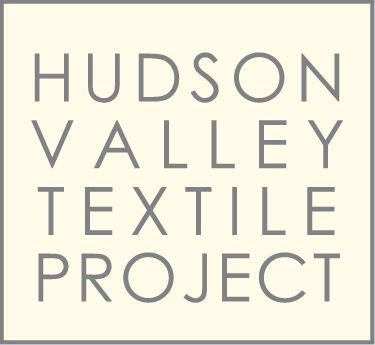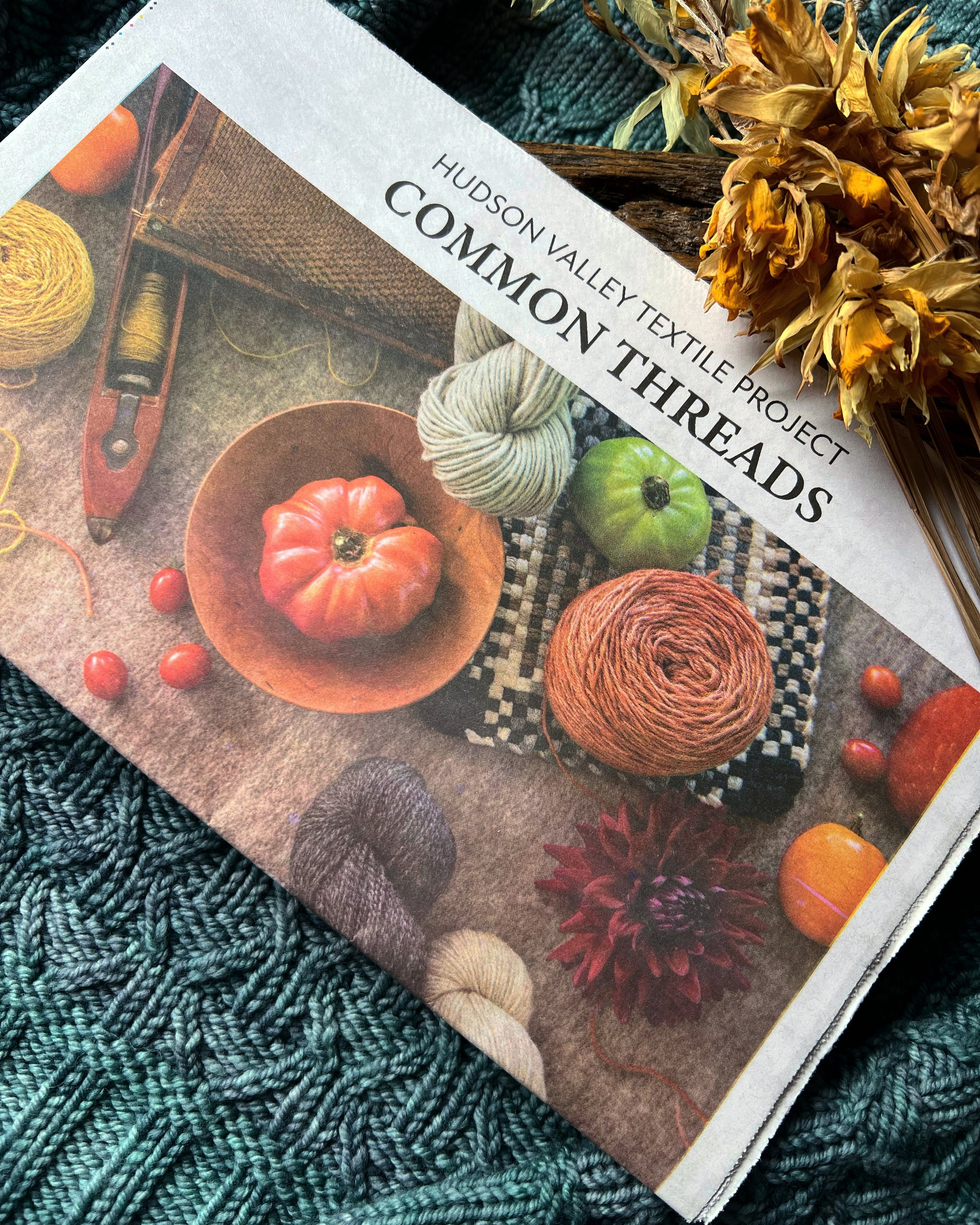Common Threads: Pattern Features
A sneak peek of a featured pattern from Common Threads Issue 001
I’ve been working in the yarn industry for about 12 years—I got my first yarn job in 2010—and probably the biggest thing that has changed since I begun is the rise of digital patterns. When I began knitting through to my adult life, patterns were found most often in magazines, books, or hand-written on a notecard or scrap of paper from a friend. Once the internet came into play, pattern PDFs were easy to collect, store, and purchase through sites like Patternfish and Ravelry. It also became easier to publish your own patterns, at all levels: from the back-of-a-napkin-note all the way up to professionally designed and graded patterns from big-name designers and companies. This structure has no limit, and just keeps growing—while the digital format is more environmentally sustainable, the increasing quality expectations of crafters and the wide availability of patterns makes designing and marketing each pattern release a huge project.
It’s pretty expensive to design what I would consider a press-quality pattern. These are patterns with minimal or no errors, that have gone through tech editing and thorough review. The review process might include a test knitting round and multiple sample knits in different sizes. After the pattern is written and the sample made, there is a layout to do, professional photography to plan and pay for, a marketing agenda for social media, a list of related newsletters and blog posts to write, press releases to shops and stores, administrative tasks to get the pattern listed for sale, purchasing advertising and potentially so much more! All in, you can estimate that the average accessory pattern takes upwards of 40 hours to create and well over $1000 in investment from the designer. That’s a lot of money for something that re-sells at about $6-10 per unit!
A sneak peek of a featured pattern from Common Threads Issue 001
Many modern designers are already countering various up-front costs of design process by producing collaboratively. Some are working with yarn companies to release new designs. The yarn companies might supply the yarn for the original sample, or even co-pay for the photography, layout and tech editing in exchange for the ability to sell the pattern with kits. Others work with traditional publishers of magazines and books, and take a flat fee or royalty structure for their work, usually turning over sales rights for a period of time and leaving it up to the publisher to handle tech editing, layout and sales of the final pattern.
Even given the best examples of these solutions, I’ve seen the need for designers to market their work increase exponentially: everyone needs their partners to deliver as much as possible online, or the partnership can go unnoticed in the constant flow of new material being released daily. I’ve personally witnessed great patterns launch, sell for two weeks, and then trickle into selling only one copy per year until the end of time. For many designers, it’s advantageous to advertise something new. The trend is certainly to release things back to back—not a sustainable way to be creative, imaginative, or produce your best work.
A sneak peek of a featured pattern from Common Threads Issue 001
With Common Threads, I’ve been given the opportunity to test a new kind of pattern feature: revisited patterns. While each of our issues will still have one brand-new pattern to introduce (Common Threads issue 001 also has a sock pattern from HVTP member Apriori Knits / Mary Anne Benedetto; read more about it in a future post), we’ll also be featuring multiple existing patterns from regional designers. These highlighted patterns are beautifully designed but haven’t gotten the recognition I believe they’ve deserved since launching. We’re shining the spotlight on the great work already completed, saving designers time, money, and energy on creating something new while also giving their patterns a refresh with modern samples, professional photography and (if needed) a TE review.
I believe giving these patterns a new look and re-introducing them has the potential to flip the script on how patterns are being churned out at breakneck speed, and give designers the opportunity to bring fresh eyes to their back catalog. Within the pages of our print issues, readers can scan a QR code to jump to the pattern online for purchase—directly from the designer. Yes—100% of the sales of these revisited patterns go straight to the designer.
We’re not just bringing attention to the patterns, but also to the yarn.
Each issue of Common Threads will feature textiles produced in our region, giving Hudson Valley Textile Project members center stage, but also welcoming potential members into the fold through inclusion within the issue. We’ve included big photos of the pattern in the featured yarn, but also encourage substitution by displaying swatches alongside the pattern in additional yarn suggestions. We’re ready to encourage readers to experiment with the stash they have and explore new materials from domestic fiber growers!
The Rundown:
Common Threads promotes high quality, existing patterns, giving designers a break from creating something new and helping them make money off their existing back catalog.
Our publication doesn’t re-sell the patterns; there are no commissions, fees or discounts required from participating designers, and they keep 100% of the sales of their pattern.
We’re here to encourage you to make with what you have instead of always buying something new, and to look at your stash in new ways by showing you how different fibers work for each pattern.
Common Threads is ready to introduce readers to the exciting world of domestic fiber! Are you ready to join us on the trip? Pre-order your copy today.




